A while back, I was working for a large storage company. We had a marketing campaign called “Journey to the Cloud” where we advised enterprises about cloud computing – as we defined it. For us, the cloud was all about storage. Of course, for server vendors the cloud was all about servers. Ditto for networks, services, or whatever else you were selling. There was a lot of “cloud-washing” going on. I knew we’d reached the Trough of Disillusionment when, as I got up to present to a prospect, they told me “if you have the word ‘cloud’ in your deck, you can leave now.”
Fast-forward five years, and cloud computing appears to have reached the Slope of Enlightenment. By nearly all measures, cloud adoption has increased. Ask any CIO about their cloud strategy, and they’ll give you a well-rehearsed answer about how they’re exploiting cloud to increase agility and drive partnership with the business. Then ask, “How are you enabling user self-service?” Typical responses start with blank stares or visible shudders, followed by “oh, we don’t do that!” They may say “we’re only using private cloud”, or they may mention OpenStack or containers. If so, you should point out “If it isn’t self-service, it isn’t really a cloud.”

Defining Cloud Computing
When looking for a definition of cloud computing, the National Institute of Standards and Technology (NIST) version is widely cited as the authoritative source. NIST lists five “essential characteristics” of cloud computing. The operative word is ‘essential’; not suggested; not nice-to-have. If a service doesn’t have all five, it’s not a cloud. These include:
- Broad network access
- Rapid elasticity
- Measured service
- Resource pooling
- On-demand self-service
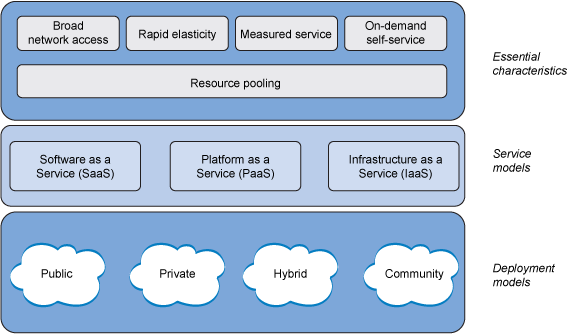
For the last of these, on-demand self-service, the cloud test is simple. If users can request systems or applications and get them right away – without directly involving IT – they are getting on-demand self-service. If they have to submit a ticket and wait for an intermediary to review and fulfill their request, it’s not a cloud.
Working With You or Around You
At this point, you may be told “we don’t offer self-service because our users don’t understand IT. They need our help.” There was a time when that reasoning may have worked. The C-I-‘no’ of the recent past had the power to rule by fiat and ban anything that wasn’t explicitly on the IT approved list. Users had no choice. But times have changed. Now, users can simply create an account with a public cloud service, swipe their credit card, and get what they want, when they want it.
As a result, companies are seeing a marked increase in so-called shadow IT – pockets of information technology that exist and are managed by users rather than by formal IT groups. And while this may cause wailing and gnashing of teeth by everyone from security, to finance, to IT operations, it’s nearly impossible to stop. The genie is out of the bottle.
Rather than trying to prevent or shut down rogue users, IT must take a different approach. They need to ask their users “how can we help you?” rather than “how can we stop you?”
“Be the cloud, Danny”

If you work in IT and want to stay relevant, you need to be as easy to work with as a cloud service provider. Do that, and users won’t look for alternatives. After all, they have their own jobs to do.
So how do you get started? That’s where CloudBolt comes in. We’re a cloud management platform that was designed from the start with the end-user in mind. We enable systems administrators to establish standard configurations and to publish them to their users via an online service catalog. Users get rapid access to capacity; IT maintains control and compliance. Best of all, CloudBolt isn’t restricted to a single cloud vendor’s services and APIs. We work with more than a dozen cloud providers, from private to public, as well as with a wide variety of configuration management and orchestration tools. We even integrate with legacy, brownfield environments giving you a single place for managing existing as well as new deployments.

If simple and powerful cloud management sounds appealing, try it for yourself. Just download the CloudBolt virtual appliance. It’s free to use for lab environments. Deployment and setup are fast and easy. Before you know it, you’ll be providing real cloud services to your users.
“Inconceivable!” you say? Think again.



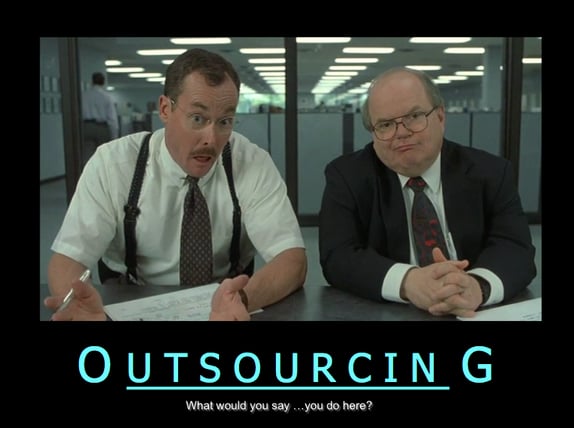





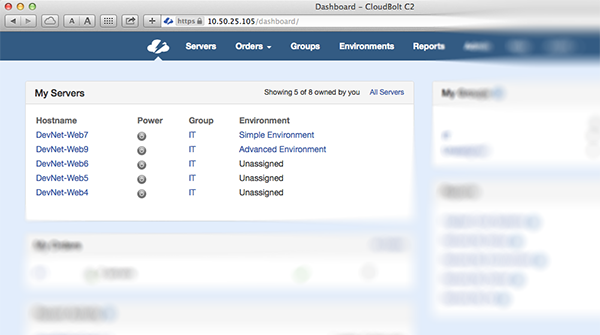
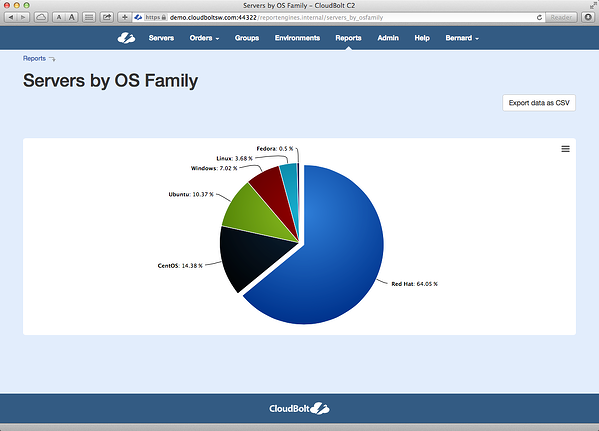
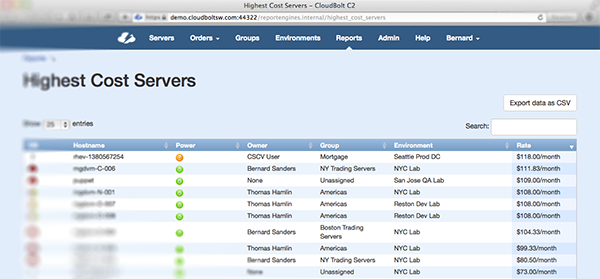

 My lovely daughter reminds me of some users I've worked with. They'll definitely let you know when they are not happy, and you'll probably come to regret whatever it was you did to piss them off.
My lovely daughter reminds me of some users I've worked with. They'll definitely let you know when they are not happy, and you'll probably come to regret whatever it was you did to piss them off.